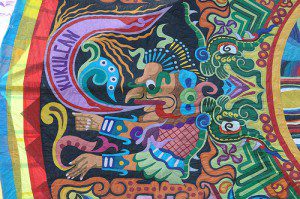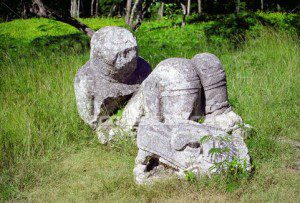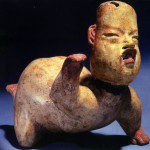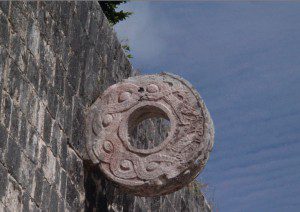I Ekot av din gravitation, stannar du!
Ut ytan i naturens mellan rum lyssnar
I CAC-hålets tecken och den stora rymdskraparens namn. Från det feta symboliska ringverket i atomer och planeter till stuffet som gjorde den här planeten populär – O – Den stora nollan, Ser O också Syre.
-Ta ett djupt andetag och häng med
Steg för steg ska vi nu titta på hur brist på O prekonditionerar för Schizofrenia.
Först kan vi alla notera en rad tecken eller pilar som pekar i en riktning mot att just syrebrist är en mycket viktig faktor när det gäller just prekonditioneringen för att utveckla tillstånd som liknar det som idag kallas schizofreni.
Resan genom världsrymden
Två skott
Ett från krocken som förde hit svavel
Ett från den första pucken och gummivulkaniseringen
Men CAC är ju CAC och det finns egentligen bara en bak
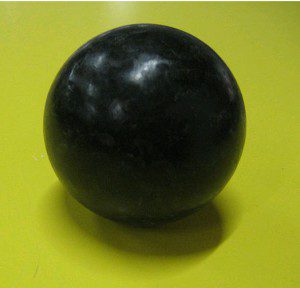
8 – 16 – syre – till – svavel
Den första gummi pucken och aztecernas första stora bollspel. Spelet handlade en del om död och
återfödelse i och vid rymden. Över planen och runt omkring synd det bördiga ormhelgonen ChaC. Målet
i spelet är en ihålig ring – O – med en flätad orm runt sig. Eftersom tiderna skiftar så har Chac i det idet en CAC-
aztekiska tidevarvet en ställning som påminner väldigt mycket om dagens CAC fast uppochned.
Titta gärna på den platta magen och se hur lätt det går att vända ChaC till CAC i den gummibehjulade rollatorns mening, – O – Tecknet är dock detsamma. Tecken O eller bara en nolla som vissa säger, är den symboliska gestaltningen för CAC-hålets befjädrade ringfläta.
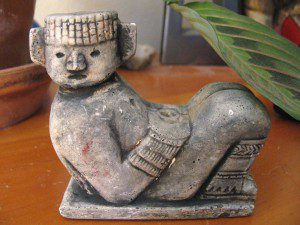
Tecknet för svavel är en pinne genom Chac Teckent O vilket på rena grekiskan blir ?
Processen för att göra den första gummipucken är uppkallad efter den romerska eldguden Vulcan. Den ser ut som ett O. Vid vulkaniesering så blands en massa ? i formen av ett O till en massa X.
Om vi nu ställer och på en gyroskåpstation intill Jupiters gravitationsbälten och tänker på en krock för några miljoner år sedan. Blir det roligt då? Cysteine – methionine
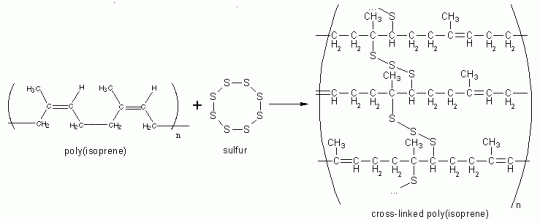
Kan vi skjuta en ring av vågor, vågrörelser eller S från yttre rymden via målet i aztecernas första stora bollspel direkt till den moderna människans dykdräktsmaterial för att sluta som en natt på den mänskliga sömnens bädd. Vulkan är ett gamalt namn för eldguden, den mayanska CAC är dock en regngud, pfssst!
Att våga med disulfidbryggor kan vara ett mera permanent ställningstagande i barberarens mening, men även i den himmelska lockelsens. Spelar gravitationen någon roll för den som vandrar med kartan i en katakomb? Tja, utan den skulle sannolikt vare sig vandraren eller katakomben funnits. Det är minst sagt hårnålen i kompassen. Är katakomben dessutom gjord av mjukvävnad så förändras ju hela kartan om gravitationen förändras, eller hur?
The have long cylindrical gateways in networks to supply the best ionic depolarizing currents
The senses of Molecular sequences in the migratory maps.
The decrerase in random motions (temperature) and the less absorbed energy reflects the same mirror.
K. The currents arise mostly from inward
movement of NaC in exchange for KC. These ions bind
to very few organic molecules and hence cannot
In Latin, the word is variously written sulpur, sulphur, and sulfur (the Oxford Latin Dictionary lists the spellings in this order). It is an original Latin name and not a Classical Greek loan, so the ph variant does not denote the Greek letter ?. Sulfur in Greek is thion (?????), whence comes the prefix thio-. The simplification of the Latin words p or ph to an f appears to have taken place towards the end of the classical period.[9][10]
In plants and animals the amino acids cysteine and methionine contain sulfur, as do all polypeptides, proteins, and enzymes which contain these amino acids. Homocysteine and taurine are other sulfur-containing acids which are similar in structure, but which are not coded for by DNA, and are not part of the primary structure of proteins. Glutathione is an important sulfur-containing tripeptide which plays a role in cells as a source of chemical reduction potential in the cell, through its sulfhydryl (-SH) moiety. Many important cellular enzymes use prosthetic groups ending with -SH moieties to handle reactions involving acyl-containing biochemicals: two common examples from basic metabolism are coenzyme A and alpha-lipoic acid.
Disulfide bonds (S-S bonds) formed between cysteine residues in peptide chains are very important in protein assembly and structure. These strong covalent bonds between peptide chains give proteins a great deal of extra toughness and resiliency. For example, the high strength of feathers and hair is in part due to their high content of S-S bonds and their high content of cysteine and sulfur (eggs are high in sulfur because large amounts of the element are necessary for feather formation). The high disulfide content of hair and feathers contributes to their indigestibility, and also their odor when burned.
Nedan hur en omgjord metabolism kommer att generera mindre disulfider men konsumera mera disulfider genom redox och en redoxtorubo som skapas via olmecs procedur
Glycoproteins form mixed disulphides with oxidoreductases during folding in living cells
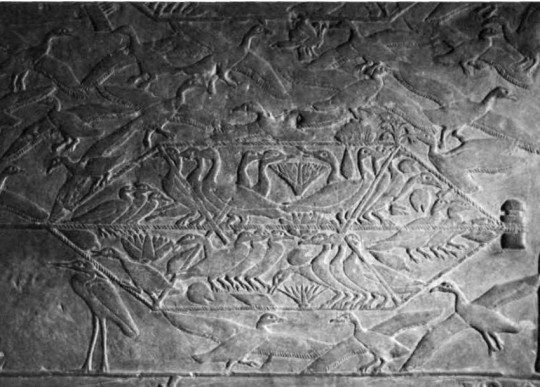
The principal cities of this “Teotihuacan
Corridor,” the major commercial route to the Gulf and to the south, dominated and cut it. He further suggests that the “Olmeca-Xicalanca” of the later chronicles took over Cholula and established Cac-axtla as a capital.
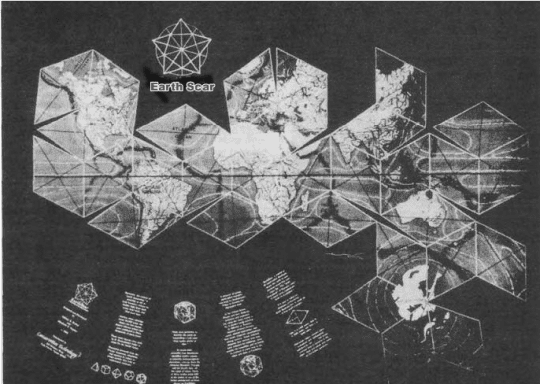
Fortresses and fortified cities were established in the zone (Garcia Cook 1981). According to this perspective, Teotihuacan’s world may have ended with both a crack and a squeak. Post-collapse Ox-totic-pac-Xometla-phase materials of Teotihuacan are found within a much shrunken and perhaps devastated city. Although Rene Millon (1988) interprets the evidence otherwise, the four hundred instances of fire in structures along the Street of the Dead, and the two hundred occurrences in other parts of the city, tie together.
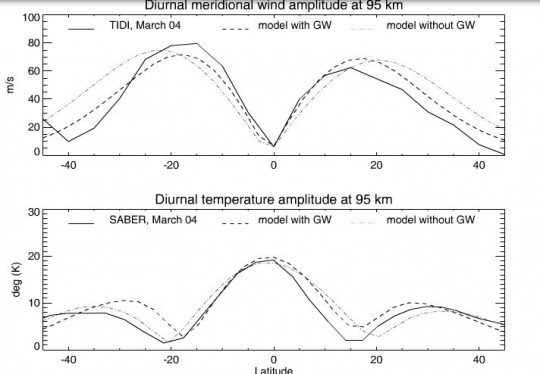
Att denna vind bara vågar vara
fågel jorden över
—
“2 Serpent Eye,” for example. The distinctive features of Tula writing
seem to be closely related to the system found at Xochicalco, according to Acosta (1964b), as well as to that of the murals of Cacaxtla. The glyph for cipactli (alligator) is often found at the top of columns.

Håricus Hålicus Derivata Medicus & CAC – Kryssens globalitet
He faces a file of c warriors, and a line of feathered serpents undulates above the whole scene. The feathered serpent again (as at Teoti-huacan) is associated with rulership. This scene and sculpture and the dais are practically duplicated at the Temple of the Warriors in Toltec Chichen,
Yucatan Cempoala was the first major Mesoamerican city to be seen by the Spaniards. Cortés’s expedition went there at the invitation of the Totonac leaders and was warmly received by a ruler whom they affectionately called
“the Fat Cacique.”
—
Nox as in night Nox as in NAD dependent Sirtuins or clockwork, the oscillating circadius. but first magnetosense.
Just the balance.
————————-
Den oändliga konserten
Den elementära spiritualitetens boningar
Hälsa regnet välkommet Cha-Chaak cermonin i närheten av yucatan
(”Plumed Serpent”, ”Feathered Serpent”)
Kukulkan (”Plumed Serpent”, ”Feathered Serpent”) is the name of a Maya snake deity that also serves to designate historical persons. The depiction of the feathered serpent deity is present in other cultures of Mesoamerica. Kukulkan is closely related to the god Gukumatz of the K’iche’ Maya and to Quetzalcoatl of the Aztecs.[1] Little is known of the mythology of this pre-Columbian deity.[2]
In Yucatec the name is spelt K’uk’ulkan and in Tzotzil it is K’uk’ul-chon.[12] The Yucatec form of the name is formed from the word kuk (feather) with the adjectival suffix -ul, giving kukul (feathered),[13] combined with can (snake),[14] giving a literal meaning of ”feathered snake”.
Vi tyckte nästan som om det lät som kuckeliku men det var något uråldrigare det var Kukulcan, det gamla mayanamnet för den befjädrade ormen som CAC-hålet förtalte sitt spörsmål om. tHEN. Att andas på spegeln – Men får du ingen bra luft tar spegeln ena hälften! (vilket i sammanhanget kan betyda att malate L/D relationen kommer att förändras och det är en mätare bland många andra)
Hönapöna och så vidare skörda hönapöna och så vidare, skörda hönapöna … Rummet mellan bladet, trädet mellan världarna.

According to the Popol Vuh, the Hero Twins were Xbalanque and Hunahpu. Together with their father
and uncle, Hun-Hunahpu and Vucub-Hunahpu, they were ball-players. Following his defeat in the ballgame, the father was killed by the lords of Xibalba, and his skull was hung in a tree. When the daughter of one of the lords of Xibalba, Xquic, approached the tree, the skull talked with her, and then spat into her hand. In this way she became pregnant with the Hero Twins. The Twins grew up to avenge their father, and after many trials, finally defeated the lords of the Underworld in the ballgame.
Popol Vuh features other episodes involving the Twins as well, including the liquidation of a proud avian deity, Vucub-Caquix, and of his two demonical sons. The twins also struggle against the Howler Monkey Gods, who were patrons of artists and scribes, and according to Popol Vuh were also sons of Hun-Hunahpu.
Ett skott från höften

The other main source for Hero Twin mythology is much earlier and consists of representations found on Maya ceramics until about 900 A.D. Clearly recognizable are the figures of Hunahpu, Xbalanque, and the howler monkey scribes and sculptors. Certain scenes are suggestive of Popol Vuh episodes. The Twins’ shooting of a steeply descending bird (the ’Primary Bird Deity’) with blowguns has been taken to represent the defeat of Vucub-Caquix. Another identification involves a hypothetical extension of the Popol Vuh narrative: the principal Maya maize god rising from the carapace of a turtle and held by the Hero Twins is believed by many to visualize the resurrection of the Twins’ father, Hun-Hunahpu. Aint that Frolic?
It has been noted that in the upperworld scenes of the Popol Vuh, Hunahpu takes the dominant role, whereas in the underworld-related scenes, Xbalanque is the leader. Las Casas described Xbalanque as having entered the underworld as a war leader. Xbalanque is also the male protagonist in the Q’eqchi’ myth of Sun and Moon, where he is hunting for deer (a metaphor for making captives), and is already mentioned by Las Casas in connection with the Q’eqchi’ town of Coban. In these cases, Hunahpu has no role to play.
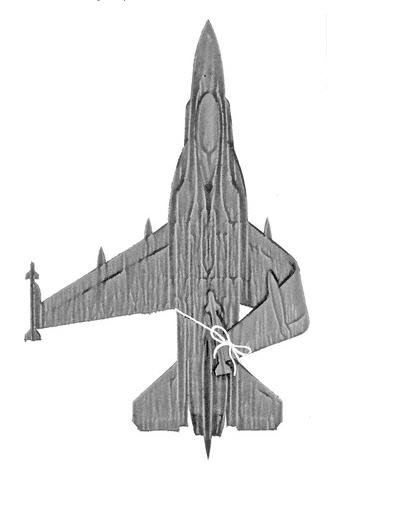
The name, ”Xbalanque” has been variously translated as ’Jaguar Sun’ (x-balam-que) and ’Hidden Sun’ (x-balan-que). The initial sound probably stems from yax (’precious’), since in Classical Maya, a hieroglyphic element of this meaning precedes the pictogram of the hero. For the combination of prefix and pictogram, a reading as Yax Balam has been proposed. The name, ”Hunahpu”, or rather, Hun-ahpu , is usually understood as Hun-ahpub One-Blowgunner, the blowgun characterizing the youthful hero as a hunter of birds.
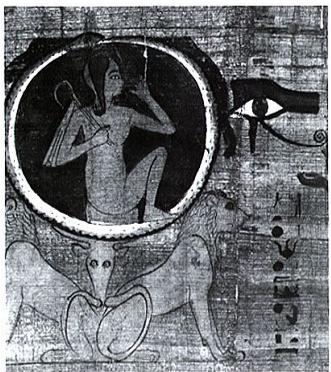
In classical Maya ceramics, the twins are regularly depicted together with the main Maya maize god. Hunahpu is distinguished by black spots on his skin, which are probably those of a corpse, i.e., of one who descended into the underworld. Xbalanque is distinguished by jaguar patches on his skin and by whiskers or a beard.
Chowchow och de pyramidiala eldgafflarna i klocktornen.
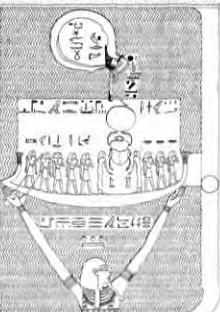
CAC sings: And the howler money scarps and sculptures the wind… and they just could not get air, just that. O o O. CAC – O.
Tall king speak in, underworld close the gate open the gate. Bemanna portarna.

